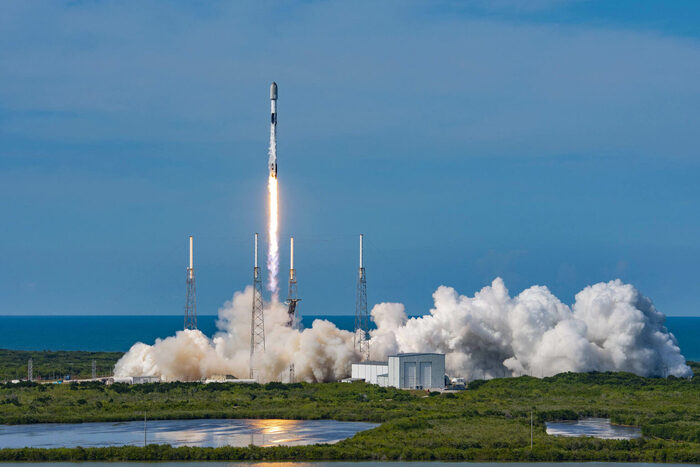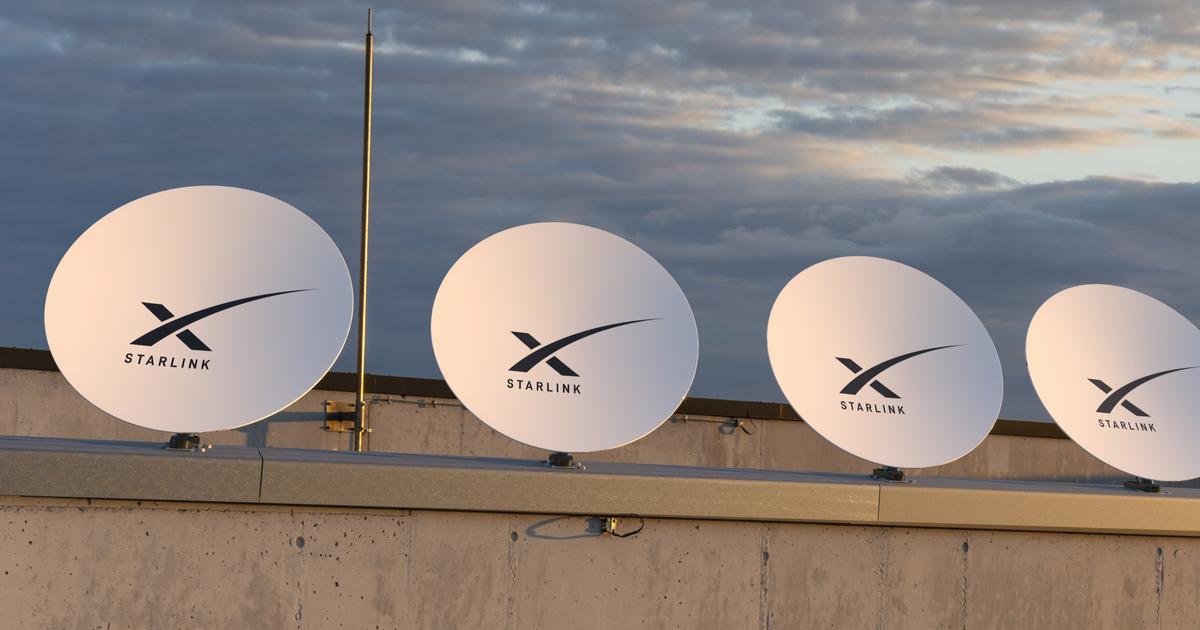SpaceX's fleet of Starlink satellites for the global Internet has now exceeded half of its planned units: with two consecutive launches of 53 satellites each on Friday 13 and Saturday 14 May, it has reached the number of 2,600 out of the 4,408 planned, and a new launch scheduled for today - departing at 12.20 Italian time from NASA's Kennedy Space Center - will further advance the fleet to 2,653.
Of these, 2,321 vehicles are currently in operation, according to an unofficial tally by astrophysicist Jonathan McDowell.
The Starlink network is already available in 32 countries and is by far the largest satellite fleet ever put into orbit: rival OneWeb is in second place with a large lead, having launched 428 of the 648 units planned.
The goal of Elon Musk's company, after completing the deployment of the first generation fleet, will be to reach 42,000 satellites: they will be distributed on five different orbital shells around the Earth, at different altitudes and inclinations.
The new launch scheduled for today is the 21st mission of the year for SpaceX.
The team will begin loading super-chilled kerosene, liquid oxygen propellants and pressurizing helium into the Falcon 9 rocket approximately half an hour before the countdown for departure.
In the last seven minutes the main engines will go through the normal cooling procedure, known as 'chilldown', and then turn on in the final three seconds, in order to reach the maximum level of thrust.
The goal is to release the cargo of 53 satellites at an altitude between 305 and 318 kilometers: the rest of the work will be done by the thrusters aboard the satellites, which will allow them to reach a circular orbit 540 kilometers above the Earth.






/cloudfront-eu-central-1.images.arcpublishing.com/prisa/XY3C6N54G4B3XBPGV7YLE3AUKM.jpg)
/cloudfront-eu-central-1.images.arcpublishing.com/prisa/64IMUBBOIZEUXMA6MUFZQMQHHE.jpg)






